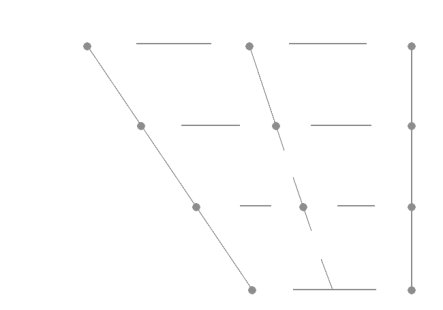Vowels
i (close front unrounded)
Tongue body high against the palate, tip touching lower teeth, jaw fairly closed, spread lips. Higher tongue position would lead to a palatal fricative. Similar to English bead; French "si" yes.
Notes
Click the symbols in the vowel quadrilateral to load videos of its production by both a male and female speaker. Its label and tips about how to produce it will also load. Play a video by clicking anywhere in the video screen area. Due to the inconsistent display of IPA symbols online, it is advisable to have a printed copy of the charts to hand when using these resources.
There are currently no video files for the symbols in grey, either because they are not part of the inventory of any language (e.g. [ɶ]), or because they are rarely used in transcription (e.g. [ɘ]; [ɞ]) or can be expressed using a neighbouring symbol and a diacritic (e.g. [ɐ] can be expressed as [a̠] or [ɑ̈]). Any feedback on this is welcome.
Note that cardinal vowel numbers (1-16) aren't used in this resource. Our experience shows that when they are used as reference for learning the peripheral vowels, students often overlook their three term labels. Our feeling is that the three term labels aid learning, reinforcing the nature of the articulation.

